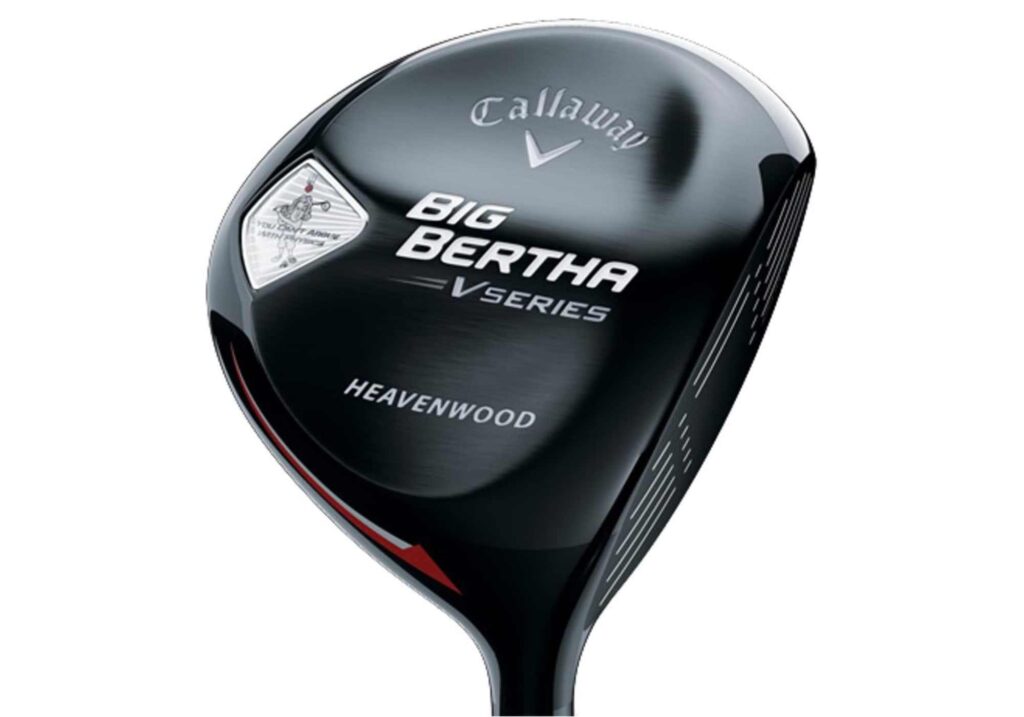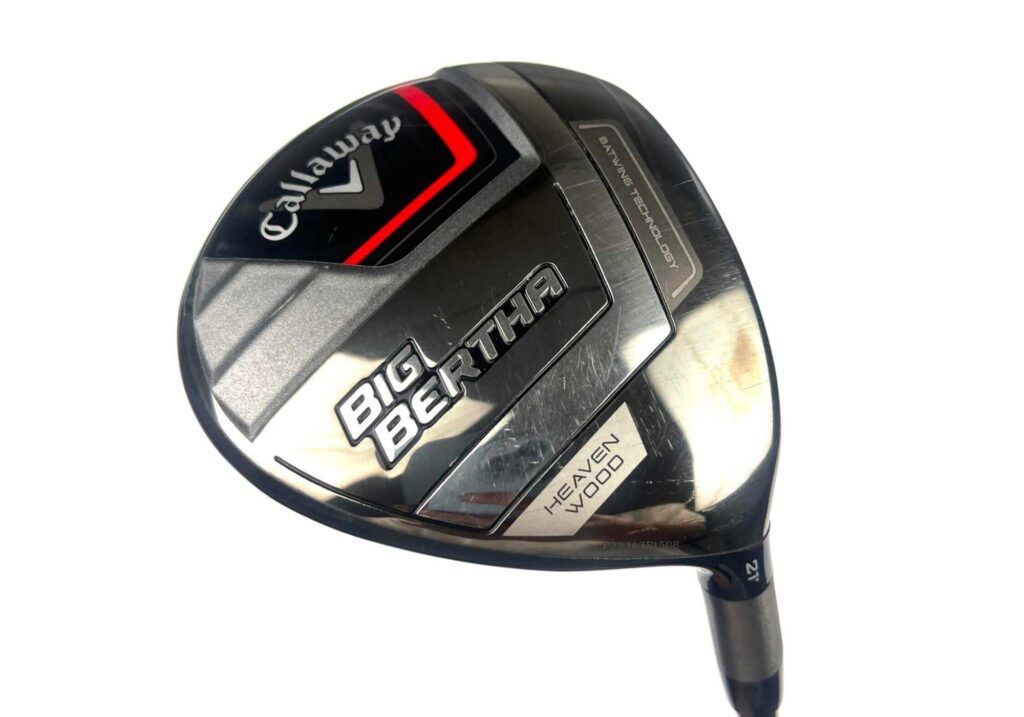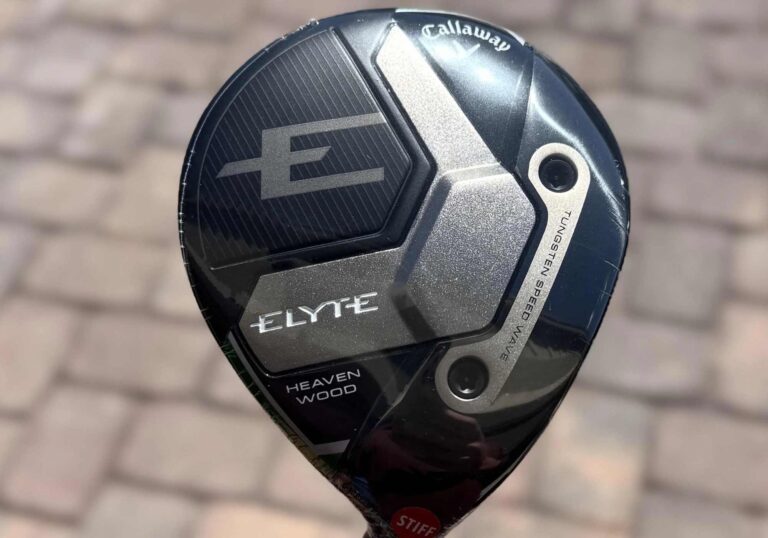The term “Heavenwood” refers to a specific type of fairway wood that blends two different club characteristics into one: the loft of a 7-wood (around 20 to 21 degrees) with the shaft length of a 3-wood. This combo gives you higher launch and softer landings than a traditional 5-wood, while still delivering plenty of distance and versatility. Originally popularized by Callaway, the Heavenwood was designed to give golfers an easier-to-hit option that fills the gap between lower-lofted fairway woods and harder-to-hit long irons.
What makes it different?
At a glance, here’s how a Heavenwood compares to other clubs:
| Club | Loft (°) | Shaft Length | Key Use Case |
| 3-wood | 15–16 | Long | Off the tee, long approaches |
| 5-wood | 18–19 | Slightly shorter | Fairway shots, better control |
| Heavenwood | 20–21 | 3-wood length | Higher launch, soft landings |
| 7-wood | 21–22 | Shorter | Steep angles into greens, higher spin |
The longer shaft of the Heavenwood gives it more potential distance than a standard 7-wood, while the added loft helps it get airborne easier than a 3- or 5-wood. It is a middle ground that many golfers find suits their game perfectly.
Who should use a Heavenwood?
A Heavenwood can be a fantastic option if:
- You struggle to hit your 3-wood cleanly from the turf
- Your 5-wood and hybrid leave too much of a distance gap
- You want a club that launches high and lands softly
- You like the feel of fairway woods but want more forgiveness and height
It is especially useful for mid to high handicappers, but even skilled players sometimes use a Heavenwood for tight tee shots or long approach shots where precision matters.

Why was it called a “Heavenwood”?
The name was first coined by Callaway, with the idea that it was a “heavenly” option for players who struggled with long irons and lower-lofted woods. It gave players an easy-launching, confidence-boosting alternative, and many who have tried it would argue the name still fits.
What are the other options?
If you are looking for a club to fill the same role as a Heavenwood, there are a few other paths to consider:
- 7-wood: Slightly shorter than a Heavenwood but very similar in loft. Easier to control but might not go quite as far.
- 4-wood: Offers a loft around 16.5 to 17 degrees with a shorter shaft than a 3-wood. It is a great option for players who want more launch without giving up much distance.
- Strong hybrid: A 3-hybrid or 4-hybrid with 19 to 21 degrees of loft can offer similar carry and control, especially for players who prefer an iron-like profile at address.
- Driving iron: For fast swingers or better ball strikers, a 2- or 3-iron utility club could serve as a lower-launching, lower-spinning alternative.
Each of these has its own feel, ball flight, and comfort level. A fitting or some experimentation is the best way to decide what works for your game.
Modern options

While not every brand uses the term “Heavenwood,” several companies offer clubs with similar specs. You might find something labeled as a 7-wood with a longer shaft or a high-lofted fairway wood designed to produce similar performance. You can even custom-build one to match your needs.
Should you carry a Heavenwood?
It depends on your bag setup, swing speed, and distance gaps. But for a lot of golfers, it becomes a go-to club, especially for long par 3s, second shots into reachable par 5s, or when they need more height and control into a green. If you have never tried one, it is worth hitting a few shots with one at a fitting or demo day. You might be surprised how often you reach for it.
Let’s hear from you!
Have you ever tried a Heavenwood? Is it something you are thinking about adding to your bag? Or do you already carry a high-lofted fairway wood that fills a similar role? We would love to hear how you’ve approached this part of your setup and whether a Heavenwood-style club could be the right fit for your game. Drop a comment and let us know your thoughts, experiences, or questions.
